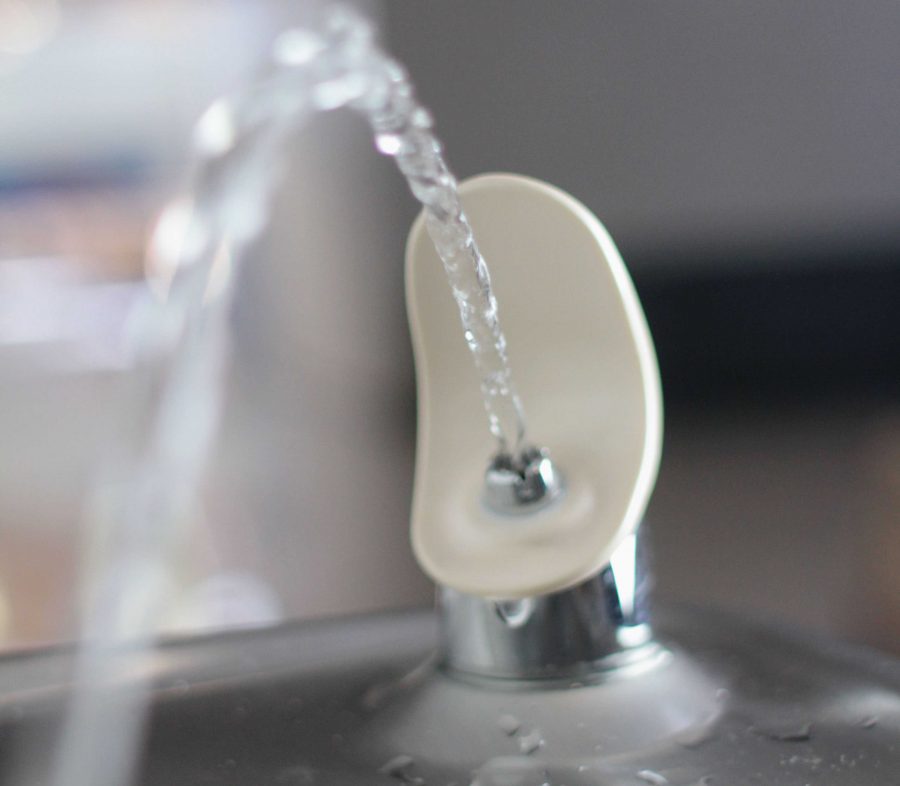Does U Prep maintain ethical water habits?
California dries up. The Arctic melts. Oceans rise. Experts largely agree: climate change is the real deal. If steps aren’t taken to remedy the current state of our planet, our descendants will feel the repurcussions, such as recourse wars and the displacement of millions of people.
As global temperature increases, so does human water consumption. It’s simple; as the days get hotter, we water more, drink more, and therefore, flush more. So what are we doing as a community to curb this imminent disaster?
Our facilities account for most of U Prep’s water usage. The pipes that feed the school connect to the City of Seattle’s Municipal water source, a network of reservoirs fed by runoff from the Cascade Mountain Range. There, in just the past year, glaciers have receded by almost 10 percent.
One would imagine more students means more water consumption, but the school actually uses more water in summer.
Director of Facilities Margarito Gonzalez said, “We water the grass, and pressure wash. Those things use a ton of water.”
How much water? We use an average of 13.4 tons of water per day. But the U Prep facilities department is doing its part to stem flow.
“We have a high-pressure, low-volume sprinkler system,” said Gonzalez, “therefore we don’t waste excess water on our plants. We also only irrigate when necessary. We are not on a timer system. We tend to water in the evening so the grass can soak it up throughout the night.”
This same attention to detail also applies to indoor facilities, those used most during the school year.
“We’ve installed motion sensor faucets, low-flow sink fixtures, and urinals,” Gonzalez said.
These adaptations are not only hygienic, but also ensure that excess doesn’t go down the drain. In September alone the school used 114,444 gallons of water, which on the surface may seem excessive, but breaks down to roughly five gallons (three toilet flushes) per person per day. This only accounts for 5.5 percent of the average American’s 90 gallons of daily water usage. Seeing as we spend a third of our day at school, this is fairly efficient.
The school is doing its part, but we as students have an obligation to promote sustainable water use.
Just as teachers, such as physics teacher Moses Rifkin, incorporate social justice into their curricula, environmental justice should also be integrated into modern education.
Environmental Ethics, a class led by English teacher Christina Serkowski, is on the forefront of this movement.
“Every American’s lifestyle has an impact,” Serkowski said, “[therefore] everyone needs to be involved in questions of sustainability. Ethics is about what it means to live well, and it’s through our choices, attitudes, and values that we shape our relationship with the environment. And we can only begin to do that more intentionally when people are educated about the problems we face.”
Science teacher Matt Palubinskas suggests possible steps to be taken as the school moves forward.
“As a faculty we need to rally around those larger questions if we want to be socially responsible citizens,” Palubinskas said.
Though integrating environmental justice into education may fall on the teachers’ shoulders, there are many things that students can do to limit climate change, and being aware of our water usage is a great place to start.
By: Jacob Greene


